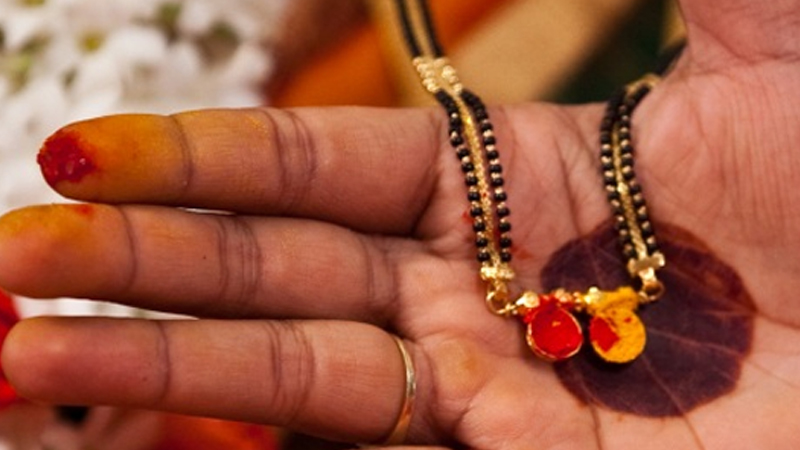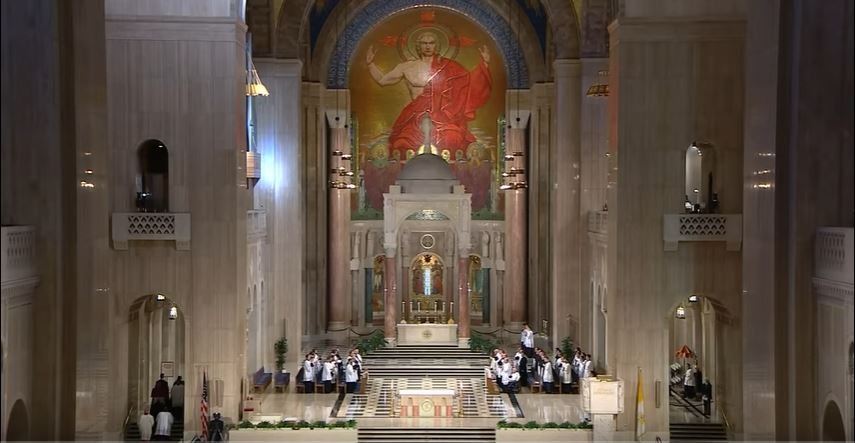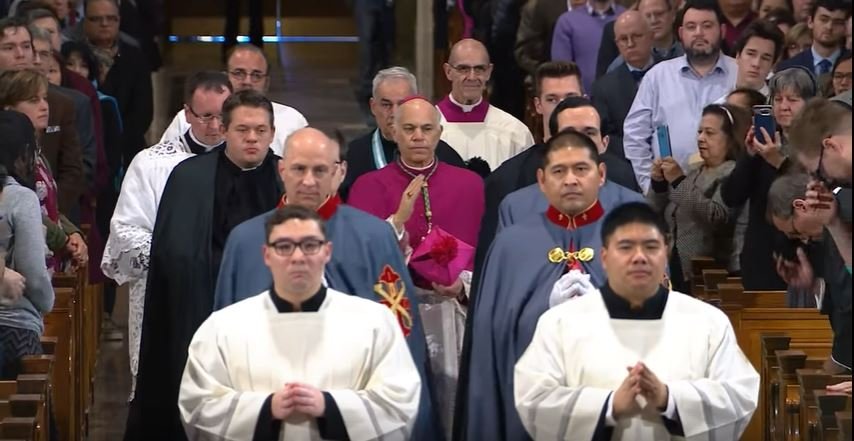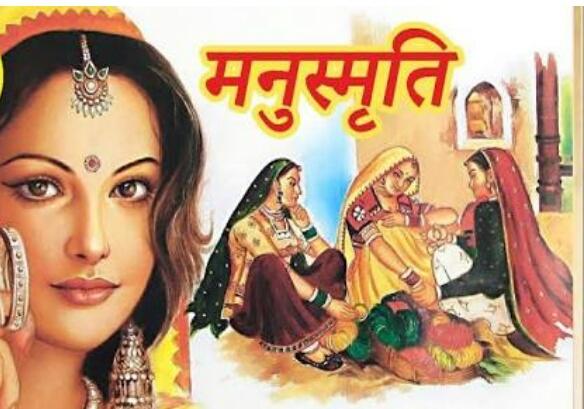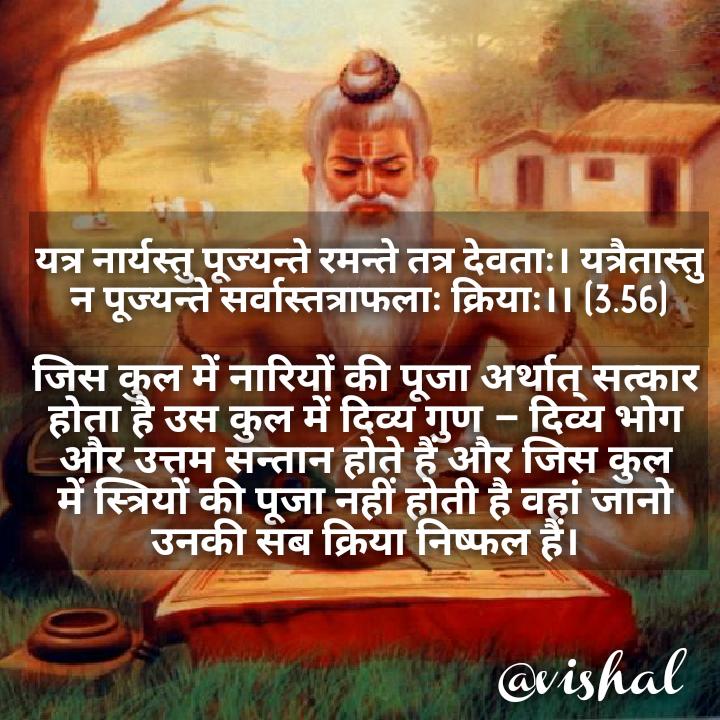This post is by request, an attempt to answer multiple questions I was asked on the Upanayanam ceremony.
Questions opposing Upanayanam:
- The sacred thread is an act of Brahminical patriarchy. Why should only Brahmin men wear it but not others?
- Why should we spend so much money in this ceremony?
- Why should I wear this thread? I don't want to look strange in front of my friends in the locker room wearing it.
- A Upanayanam event was conducted in 5-star hotel. It had alcoholic drinks & meat being served.
Positive Stories:
- A strange case that just happened. A young boy's family simply weren't interested in doing the ceremony.
- A father wanted to do the ceremony for his son.
What is the Upanayanam?
Is Upanayanam only for Brahmanas?
No. It was performed by most Jatis & Varnas in India, and also adopted by some Dalit communities in history.
Is Upanayanam only for men?
No. Girls undergoing Upanayanam before studies are called Brahmavadinis.
Why a thread?
Number of fibers in each thread?
There are 9 fibers in each thread. Each fiber represents:
1. Omkaram,
2. Agni
3. Naga
4. Soma
5. Pitru
6. Prajapati
7. Vayu
8. Yama
9.
Number of individual threads?
The sacred thread has three individual threads. As is true for Hindu symbols & rituals, they have a multi-layared representation:
- Brahma, Vishnu, Shiva
- Sarasvati, Lakshmi, Shakti
- Dharma, Artha, Kama
- Matru…
- the vow to respect debts to Guru (for knowledge), Matru/Pitru (parents/ancestores for the physical body), Samudhayam (society)
- Iccha (desire), Gnanam (knowledge), Kriya (action): Desire leads to knowledge which leads to action.
- Gayatri (thought), Savitri (deed), Sarasvati (word)
- Brahmacharya (student), Grhasta (householder), Vanaprasta (retired householder who has given up all wealth & power)
- Rig Veda, Sama Veda, Yajur Veda
- Sattva,…
- Karma, Dhyana (meditation), Bhakthi (devotion)
- Three fires: Garhapatya, Dakshinagni, Ahvaniya
Brahma/Sarasvatu represent the birth of a student. Vishnu/Lakshmi represent the householder life following Dharma, Artha, Kama, Moksha.
The knot on the thread?
Each of the three threads have a knot.
Differences in number of threads?
- The Upanayanam introduces the student to the first Ashrama: Brahmacharya (the learning student). The student wears one set of threads.
- Vivaham (marriage) introduces the Brahmachari to Grhasta (house-holder). He gains one more set of threads. This represents Vishnu.
- Give up all human attachments including the sacred thread initiated during Upanayanam (in the common Advaita Sampradaya tradition) & focus purely on the divine by accepting Sanyasa (asceticism).
Meaning of the thread?
Meaning of twice-born?
This is again multi-layered.
The religious thought of being born-again has made its way to other cultures, but relies on blind faith rather than quest for knowledge.
The threads are worn on the left shoulder, moving across to the right waist. Per the Aghori Vimalananda in the Robert Svoboda's Aghora/Kundalini book series, the right part of our body represents Shiva, while the left represents Shakti.
Why is it so expensive?
It doesn't need to be. It can be done in just your home cheaply.
Is serving alcohol & meat ok? This is just a social gathering right?
Alcohol is called a Tamasic happiness of the mind, while the difficult Dhyana (meditation), which is the 7th Anga of Yoga is a Sattvic happiness. Alcohol is explicitly discouraged for truth seekers.
"I don't feel like wearing it."
There is a much deeper purpose to this function. It introduces the student to rituals that will eventually yield the ultimate truth.
"I never did the rituals.
If you've read this far, and if you wish to contribute to preserving an ancient culture of knowledge & sacrifice, why not start now? Why deny an opportunity to your child?
Why do I need the thread to proceed on the path of learning?
You don't have to follow a rite of passage, though it will help.
Who is a Brahmana?
A Brahmana, by definition, is someone who knows Brahman.
What is the thread ceremony for a Brahmana?
Of these Samskaras, the prominent one is the Upanayanam, per the Smritis.
If most were wearing the thread & the scriptures allowed it, why are Brahmanas criticized? What about Brahminism?
What happened after Upanayanam for a Brahmana?
In the olden days, students will be sent to a Patashala or Gurukulam (school). They have to live on alms every day.
They would then learn the Vedas & related scriptures, train in Vyakarana (grammar), MimAmsa (critical examination) & Tarka (debate), typically between ages 8 to 16. The historical results are profound.
What were the rules for a Brahmana?
The Brahmana aspirant was expected to have no power & no wealth. They could assume advisory roles or teach, but had to continue to live on alms.
This system's design gets more interesting.
Have the Brahmanas ruled India?
it is rare.
Raja Dahir of Sindh decided to fight (citing Dharmic morals) against a much superior fighting force of Muhammad bin Qasim. He lost and his daughters were enslaved.
After Shambaji's torture & death, the Peshwas would extend Shivaji's vision, building an empire from Attock (Afghanistan) to Cuttack (modern Odisha).
Mangal Pandey would spark the Sepoy Rebellion. Rani Lakshmibai (Manikarnika)…
Gautamiputra Satakarani repulsed the Greek invasion led by Demetrius II.
Didn't the Brahmanas setup an…
Let's look at historical records, while comparing similar societies. The worst human system can be called slavery.
Megasthenes notes in Indica that India is a land without slaves.
When invasions brought slavery to India, Shivaji banned it, the first king in the world to do so.
The next worst system could be argued as untouchability.
It is also inconceivable that an oppressive system can exist for millenia, and naturally, no evidence exists for this charge.
How did the Brahmanas perform when not in power?
In Alexander's India invasion, he summons the Brahmana ascetic, Dandi-Swami (Dandamis). Dandi-Swami refuses. Alexander threatens to behead him.
The Brahmanas (Brahmanak Janpad) of a town in Mulastan (current day Multan) gave refuge to a few Malla fugitives. Alexander slaughtered the entire town. (Research: @TrueIndology).
Chanakya helped Chandragupta Maurya build his empire & wrote the Artha Shastra.
Conclusion:
As we can see with these examples, this simple ritual of Upanayanam has had a profound effect on history & culture.


